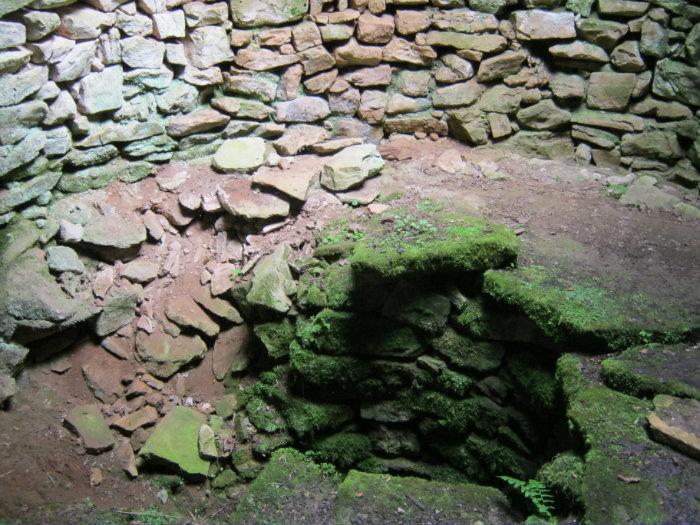The Sacred Well of Garlo, located near the village of Garlo in Bulgaria’s Pernik District, is an archaeological marvel dating back to the 12th-11th Century BC. This underground structure offers significant insights into the ancient spiritual practices of the region. The well is housed within a fascinating architectural complex, with a 7-meter corridor leading visitors to a domed chamber where a 5-meter deep well sits over a sacred spring, believed to have been central to spiritual rituals.
Architectural Design: A Gateway to the Divine
The design of the Sacred Well shares striking similarities with other sacred wells found in the Mediterranean, particularly those from the Nuragic Civilization in Sardinia. These wells, often associated with fertility and purification rituals, were thought to serve as gateways between the earthly and divine realms. The structure’s underground chamber features an arched entrance, and at its zenith, a circular hole opens to the sky above. This symbolic design emphasizes the connection between the heavens and the earth, underscoring the well’s role as a conduit for spiritual practices.

Rituals and Symbolism: A Center for Worship
The well’s significance extends beyond its architectural brilliance. It was likely the site of many ancient rituals, aimed at invoking divine protection or blessings. Carvings around the site provide clues to the spiritual practices of the people who used it. Such sacred sites, where water and earth intersect, were often thought to offer purification and renewal. These traditions were deeply intertwined with daily life, as people sought divine favor to ensure prosperity, health, and protection from malevolent forces.

A 500-Year-Old Cemetery: Linking Past to Present
In addition to its architectural and spiritual value, the Sacred Well is surrounded by a 500-year-old cemetery, further enriching its historical context. The presence of this cemetery sheds light on how the ancient site’s role in the local community may have evolved over centuries. The cemetery is a physical manifestation of the deep connection between the people and the sacred space, with the site potentially serving both religious and social purposes.
Continuity of Spiritual Identity
The preservation of the Sacred Well of Garlo serves as a testament to the enduring nature of ancient beliefs and practices. Despite the passage of millennia, the site’s role as a place of worship and cultural identity remains significant. Today, the well stands not only as an archaeological site but also as a symbol of continuity—connecting the past to the present in a meaningful way. The rituals performed here may no longer be practiced, but the well continues to speak to the human desire for connection to the divine and to the sacred forces of nature.

Global Significance: Part of a Broader Tradition
The discovery of the Sacred Well of Garlo adds another layer to the rich tapestry of sacred sites found across Europe and the Mediterranean. Similar wells, such as those in Sardinia and other ancient civilizations, highlight the widespread belief in the power of water as a mediator between the earthly and spiritual worlds. These shared traditions reveal the universal human desire to find meaning, protection, and spiritual fulfillment through physical and architectural symbols.
Conclusion
The Sacred Well of Garlo is a remarkable archaeological discovery that provides valuable insights into the spiritual and cultural practices of ancient civilizations in the Balkans. Its striking architecture, symbolic meaning, and connection to local rituals offer a rare glimpse into the past, revealing how deeply spirituality and daily life were intertwined. This discovery underscores the importance of sacred sites in shaping cultural identities and offers a connection to the ancient traditions that have influenced human history across centuries.

